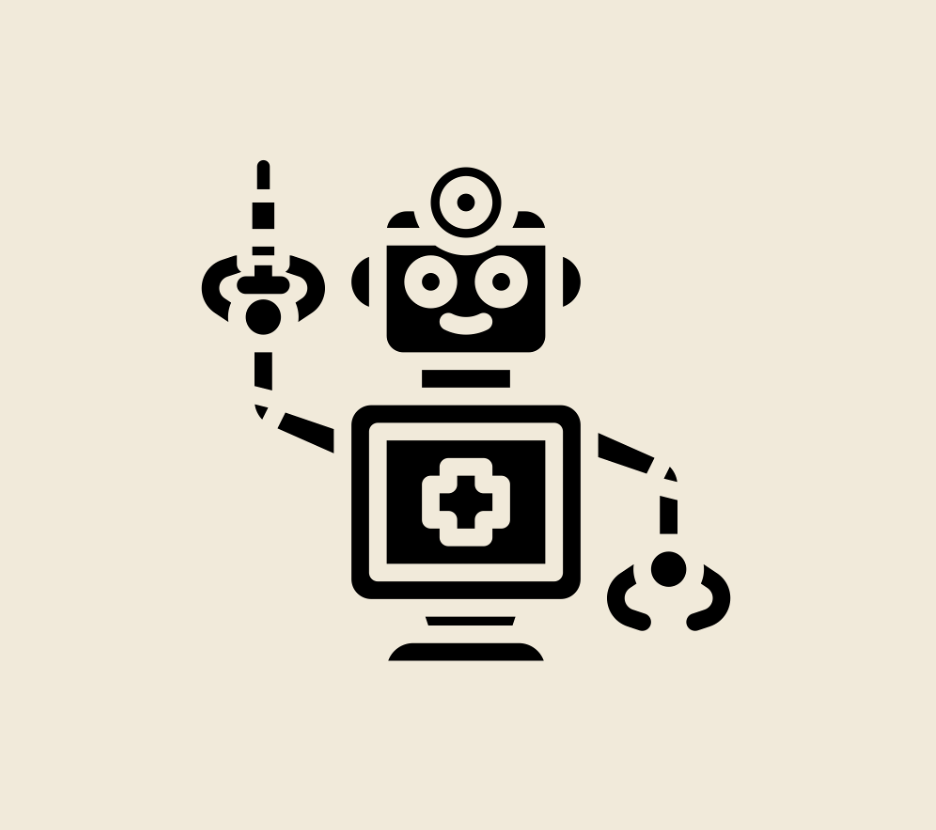
Dr. Microsoft Beats Dr. Google
Every month, High Lantern Group shares a collection of the most interesting perspectives on the healthcare industry’s trends and developments. We are happy to share them with you — and hope you share your thoughts with us.
Dear clients and friends: Given your interest in health and medicine, we would like to share with you our collection of the most interesting perspectives on our industry's trends and developments. We are happy to share them with you — and hope you share your thoughts with us.
1. Dr. Microsoft Beats Dr. Google
Will Dr. Google be forced into early retirement? A new Microsoft AI tool – MAI-DxO – appears to have prodigious diagnostic powers that may become the internet’s go-to HCP. By Microsoft’s own estimation:
MAI-DxO boosted the diagnostic performance of every model we tested. The best performing setup was MAI-DxO paired with OpenAI’s o3, which correctly solved 85.5% of the NEJM benchmark cases. For comparison, we also evaluated 21 practicing physicians from the US and UK, each with 5-20 years of clinical experience. On the same tasks, these experts achieved a mean accuracy of 20% across completed cases.
On X, a physician assesses Microsoft’s claims as both “impressive AND misleading.”
2. Why Mental Health Needs Biomarkers
“Psychiatry can look like infectious disease before we had germ theory,” contends Miranda Wolpert of Wellcome Trust, a global charity, in an FT op-ed. The mental health field, Wolpert continues, is stuck in an “either/or” battle of pharmacological vs. environmental solutions. A better approach would be “both/and”, but that requires better biomarkers:
The situation for mental health drug development is a catch-22: a scarce funding landscape limits researchers’ opportunities to assess promising targets and drug candidates. This in turn makes success less likely and investment riskier. So how do we stimulate innovation in a neglected field?...Wellcome are in the process of joining a large public-private consortium that has announced funding for scientists to hunt for biomarkers for conditions including mental illnesses. This could give us rich insights into the biology behind mental health conditions and galvanise innovative treatments.
3. Scientific Free-for-All
Research funded by the NIH is now free to all readers as soon as it’s published in a peer-reviewed journal. The US policy change reflects trends in Europe and is welcomed by open access enthusiasts. The best description HLG could find about the policy change is – wait for it – behind a paywall. Here’s Nature's take:
Scientific papers that result from projects funded by the NIH must be deposited in the agency’s digital repository, PubMed Central, and made freely available there immediately after publication in a peer-reviewed journal…The policy applies to manuscripts accepted for publication on or after 1 July, and the version deposited can be either the ‘accepted’ manuscript (including all revisions resulting from the peer-review process) or the final published article.
4. Big, Beautiful Biotech Bust
“The current environment is not conducive to biotech investment,” warns Jeffries, an investment bank. QZ paints a grim picture for biotechs under Trump 2.0 as cuts hit the FDA and NIH:
U.S. biotech funding in May was down 57%, to $2.7 billion, compared with the same month last year. April was even grimmer, with $2.6 billion raised, the lowest amount in three years and 44% lower than the average of the prior 12 months. Worldwide, venture financing for the biopharma sector dropped to $6.5 billion in the first quarter of 2025, compared to $8.1 billion a year earlier, according to GlobalData.
So much for the art of the deal. An open letter signed by 110 biotech CEOs and other executives warns of “catastrophic effect” should the government halt its funding to the NIH and NSF.
5. Your Next Rx: Space Crystals
Varda Space Industries wants to make drugs in orbit. Venture capitalists are over the moon, dishing out $329 million in funding. Is this the final frontier for R&D?
Varda's orbital laboratories are the first to process materials outside the International Space Station and mark the beginnings of commercial expansion into low Earth orbit. Due to the lack of gravity, materials such as the active pharmaceutical ingredients in medicines crystallize differently than they would on Earth, creating novel drug formulations that would otherwise be impossible.


